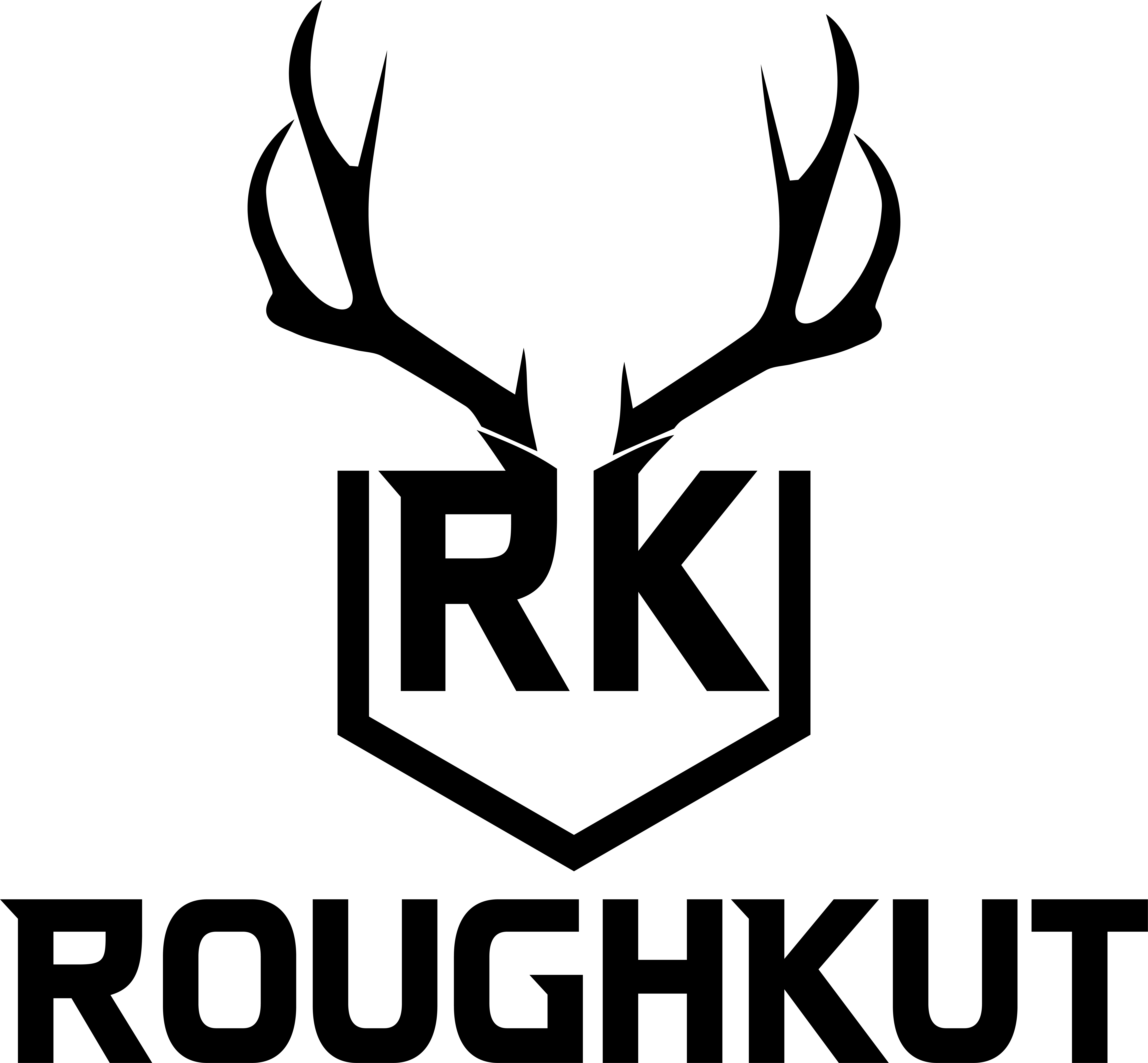Grizzly bears and Kodiak bears are both subspecies of brown bears, but they have some differences in their size, diet, habitat, and hunting regulations. Grizzly bears are smaller and more widely distributed than Kodiak bears, which are only found on the Kodiak Archipelago in Alaska. Both bears are omnivorous and opportunistic feeders, but they have different food preferences depending on the season and availability. Hunting both bears requires a special license and permit, and there are strict regulations on the number, sex, and size of bears that can be harvested each year.
| Comparing | Grizzly bear | Kodiak bear |
|---|---|---|
| Weight | 80-360 kg (180-800 lbs) | 150-700 kg (330-1540 lbs) |
| Size | 1.5-2.8 m (5-9 ft) | 2.4-3 m (8-10 ft) |
| Diet | Mostly plant-based foods like berries, roots, grasses, nuts, and tubers; also scavenges carcasses and preys on small mammals, fish, insects, and occasionally large ungulates like moose and elk | Mostly salmon and other fish during summer and fall; also feeds on berries, grasses, sedges, roots, seaweed, insects, and occasionally deer and mountain goats |
| Habitat | Tundras, wetlands, forests, and alpine meadows in Alaska, Canada, and some northern US states | Spruce forests and mountains on the Kodiak Archipelago in Alaska |
| Hunting | Requires a hunting license and a drawing or registration permit; limited to one bear every four regulatory years; only males or females without cubs can be harvested; must report harvest within 10 days and present skull and hide for sealing within 30 days | Requires a hunting license and a guide for non-residents; limited to one bear every four regulatory years; only males or females without cubs can be harvested; must report harvest within 15 days and present skull and hide for sealing within 30 days |
As you can see, grizzly bears and Kodiak bears are similar in many ways, but they also have some unique adaptations to their environments.




